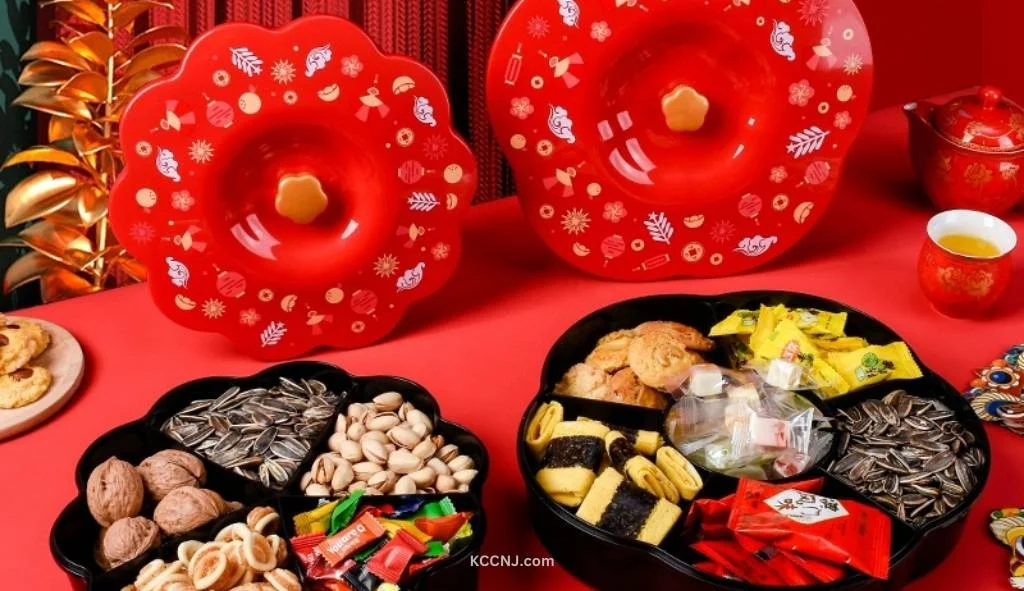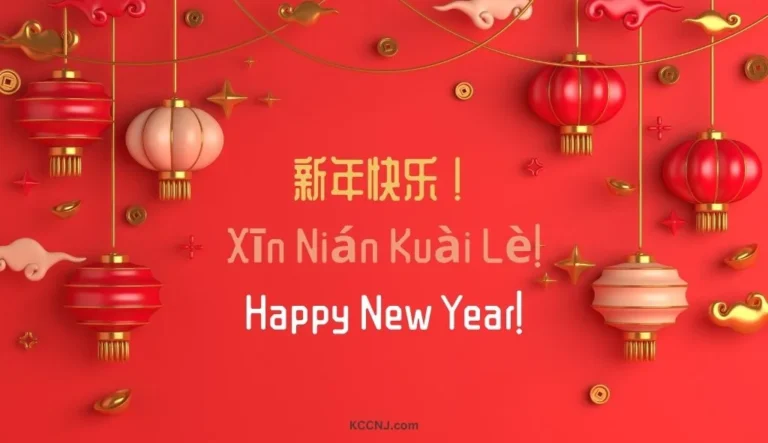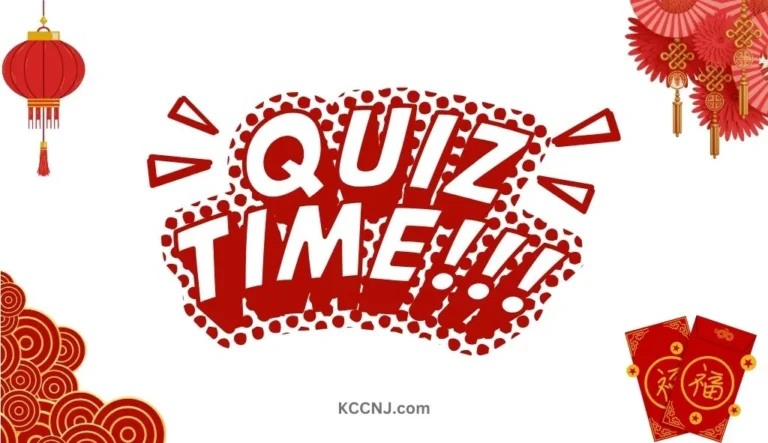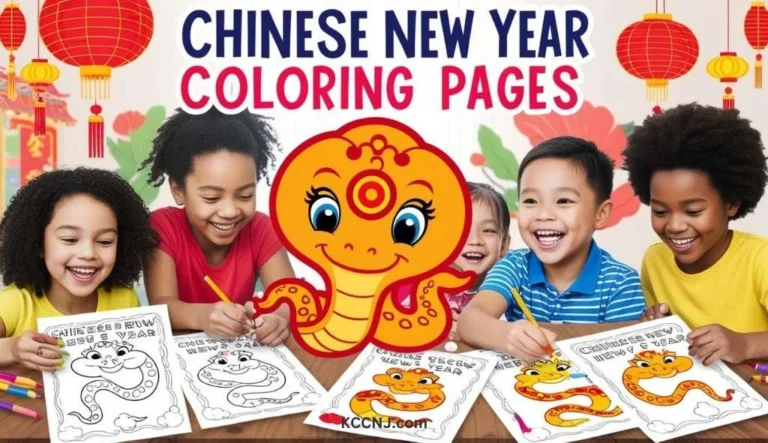Chinese New Year Candy: Tradition, Types, & How to Make
Chinese New Year candy is a cherished part of Lunar New Year celebrations, symbolizing sweetness and prosperity for the coming year. Traditional candies include lucky candy, White Rabbit, and various nuts and dried fruits, often presented in decorative candy boxes.
The Significance of Chinese New Year Candy
Chinese New Year, also known as the Lunar New Year or Spring Festival, is the most important holiday in Chinese culture. It’s a time for family reunions, festive decorations, and special foods. Candy plays a crucial role in these celebrations, representing the hope for a sweet life in the coming year.
The Tray of Togetherness
At the heart of Chinese New Year candy traditions is the “Tray of Togetherness” or “Chinese candy box” (全盒, chuen hup). This decorative box, typically round or octagonal, contains various sweets and snacks. Each item in the tray has a symbolic meaning, often based on wordplay or appearance.
Symbolism in Chinese New Year Candy
Many Chinese New Year candies and treats carry specific meanings:
- Red candies: Symbolize good luck and prosperity
- Candied lotus root: Represents abundance
- Coconut candy: Symbolizes togetherness and strong family ties
- Melon seeds: Signify fertility and many children
- Peanuts: Represent longevity
Popular Chinese New Year Candies
Lucky Candy
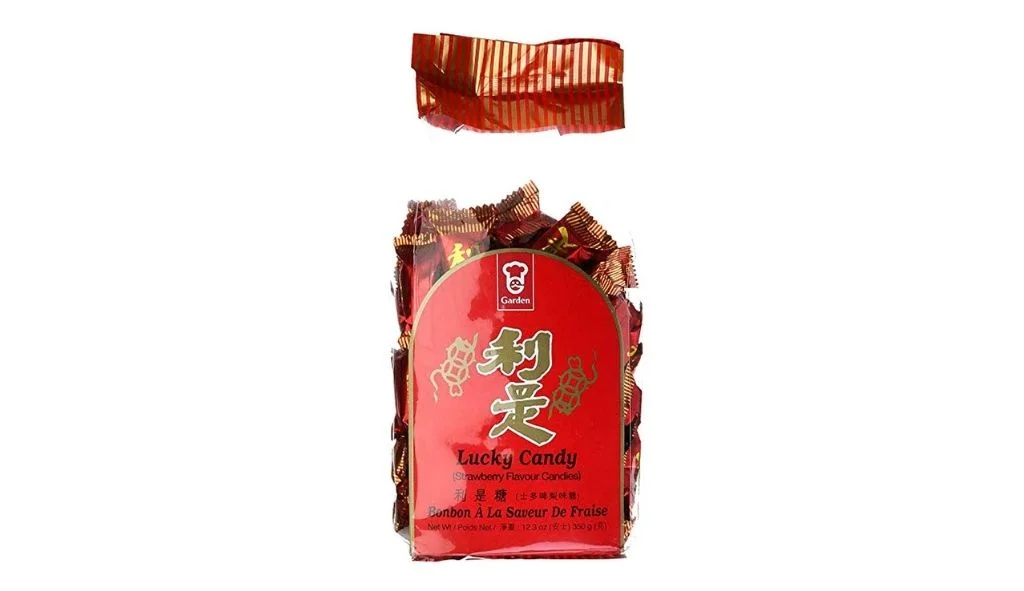
Lucky Candy, often produced by the Garden brand, is a staple in Chinese New Year celebrations. These strawberry-flavored hard candies come wrapped in red and gold foil, colors associated with good fortune in Chinese culture. The candy’s name in Chinese, “利是糖” (lìshì táng), sounds similar to the word for “profit,” adding to its auspicious nature.
White Rabbit Candy
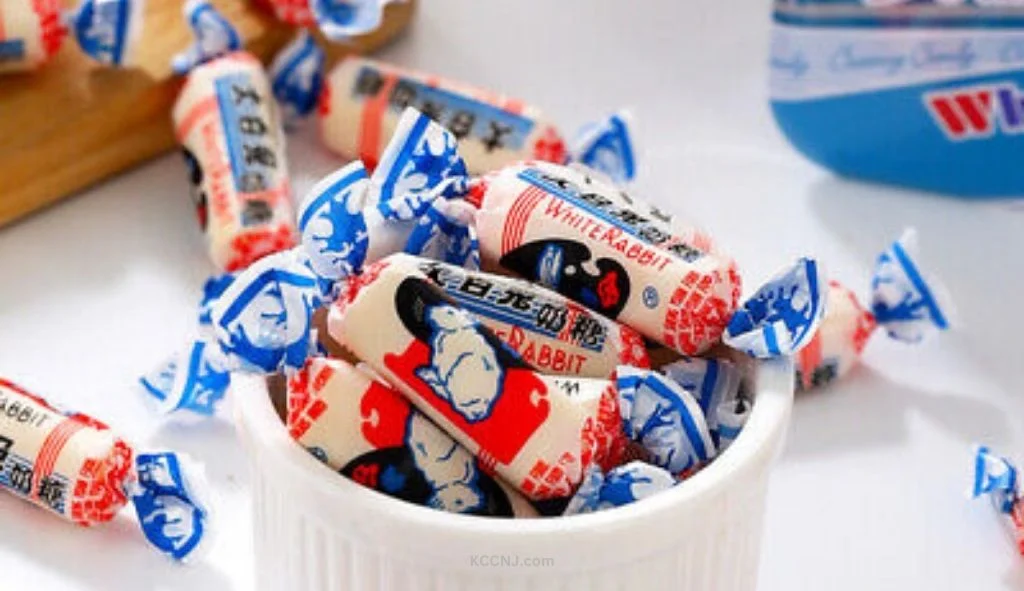
White Rabbit Candy is an iconic Chinese sweet that has gained international popularity. These creamy, chewy candies are wrapped in edible rice paper and have been a favorite since the 1940s. During Chinese New Year, they’re often included in candy boxes as a symbol of the sweetness of life.
Ginger Candy
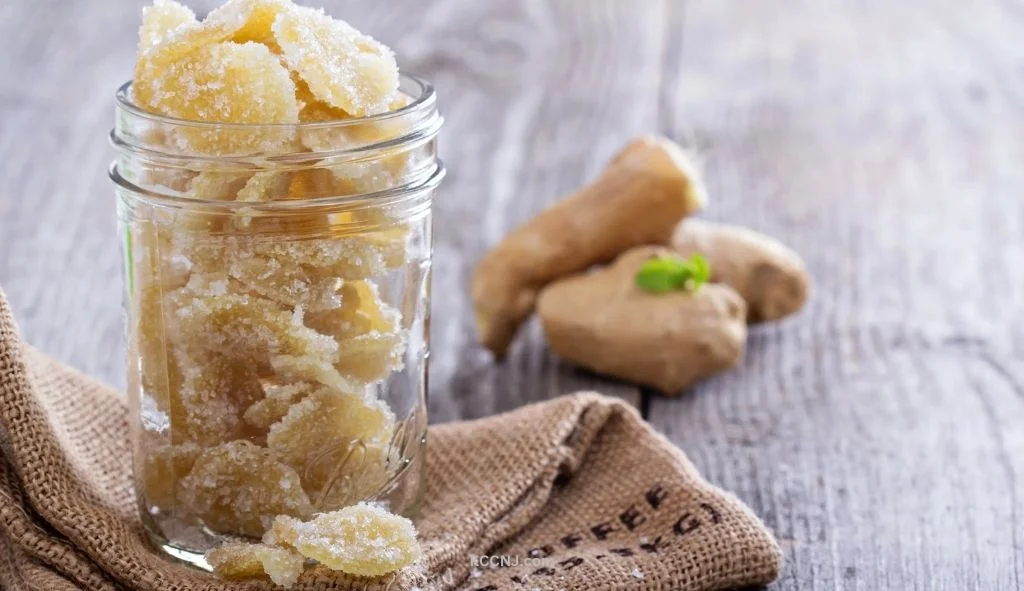
Ginger candy is not only a tasty treat but also believed to have health benefits. In Chinese New Year celebrations, it represents good health and longevity. The spicy-sweet flavor makes it a unique addition to the candy box.
Peanut Candy and Sesame Seed Candy
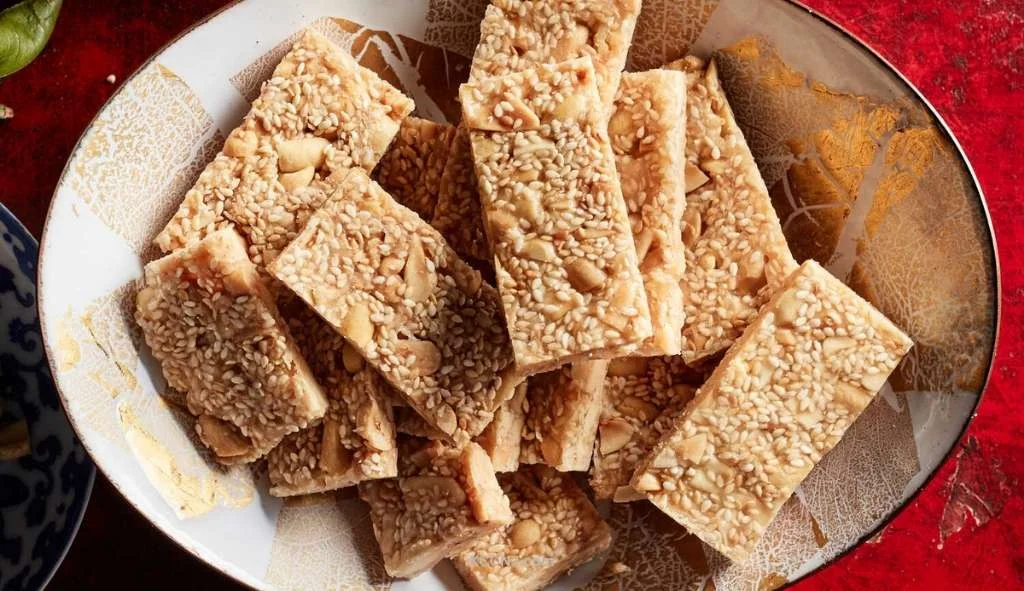
Peanut and sesame seed candies are crunchy, sweet treats often found in Chinese New Year candy boxes. Peanuts symbolize longevity, while sesame seeds represent fertility. These candies are typically made with sugar or honey and formed into brittle-like bars.
Modern Additions to Chinese New Year Candy Traditions
While traditional candies remain popular, modern Chinese New Year celebrations often include a wider variety of sweets:
Chocolate Coins
Gold foil-wrapped chocolate coins have become a common sight in Chinese New Year candy boxes. They represent wealth and prosperity, combining the traditional symbolism of gold with the universal appeal of chocolate.
Ferrero Rocher
These gold-wrapped chocolates have gained popularity in Chinese New Year celebrations, particularly in Hong Kong. Their golden appearance aligns with the theme of prosperity, making them a favored gift and addition to candy boxes.
Fruit-Flavored Candies and Gummies
Modern candy boxes often include a variety of fruit-flavored hard candies and gummies. While not traditional, these colorful sweets appeal to younger generations and add variety to the candy selection.
The Art of Presenting Chinese New Year Candy
The Traditional Candy Box
The traditional Chinese New Year candy box, or “Tray of Togetherness,” is more than just a container for sweets. Its design and contents are carefully chosen:
- Shape: Usually round or octagonal, symbolizing unity and perfection
- Color: Red is the most common color, representing good luck and joy
- Compartments: Often featuring 6 or 8 sections, as these are lucky numbers in Chinese culture
Modern Packaging Trends
While traditional candy boxes remain popular, modern packaging has evolved to include:
- Gift bags: Convenient for giving candy as gifts
- Decorative tins: Reusable containers that often feature New Year motifs
- Individual wrapped candies: For easy sharing and hygiene
The Role of Candy in Chinese New Year Celebrations
Gifting Tradition
Giving candy during Chinese New Year is a way to share good wishes. It’s common to offer candy to guests who visit during the holiday period, symbolizing the sharing of sweetness and good fortune.
Family Gatherings
During family reunions, the candy box is often placed in a central location for everyone to enjoy. It serves as a focal point for conversation and sharing, reinforcing family bonds.
Children and Chinese New Year Candy
For children, Chinese New Year candy holds special excitement. Along with receiving red envelopes (hongbao) containing money, children look forward to the variety of sweets available during this time.
Health Considerations and Modern Adaptations
Balancing Tradition and Health
With increasing health awareness, some families are adapting their Chinese New Year candy traditions:
- Including sugar-free options
- Adding more nuts and dried fruits
- Offering smaller portions of traditional sweets
Allergen Awareness
As food allergies become more recognized, it’s important to be aware of common allergens in Chinese New Year candies, such as peanuts and sesame seeds.
Making Chinese New Year Candy at Home
DIY Candy Making
Some families maintain the tradition of making certain Chinese New Year candies at home. Popular homemade options include:
- Nian gao (sticky rice cake)
- Peanut brittle
- Candied fruits
Recipe for Traditional Candies
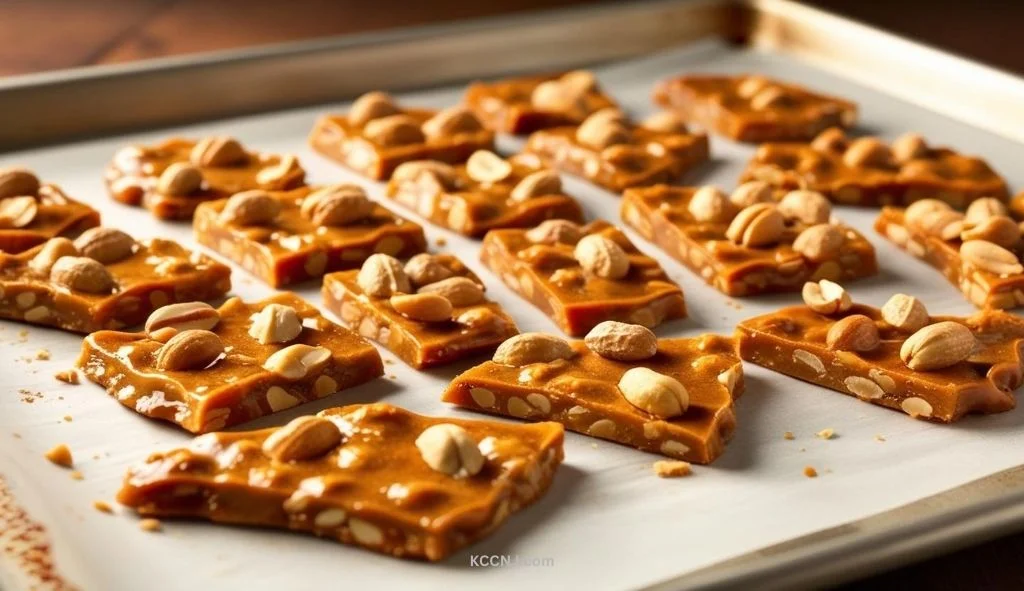
Here’s a simple recipe for homemade peanut brittle, a popular Chinese New Year treat:
Ingredients:
- 1 cup granulated sugar
- 1/2 cup light corn syrup
- 1/2 teaspoon salt
- 1/2 cup water
- 1 cup raw peanuts
- 1 tablespoon butter
- 1 teaspoon baking soda
Instructions:
- Line a baking sheet with parchment paper.
- In a saucepan, combine sugar, corn syrup, salt, and water. Bring to a boil over medium heat, stirring until sugar dissolves.
- Add peanuts. Cook, stirring constantly, until mixture reaches 300°F (hard-crack stage) on a candy thermometer.
- Remove from heat and quickly stir in butter and baking soda.
- Pour onto prepared baking sheet and spread thin.
- Allow to cool completely before breaking into pieces.
The Global Influence of Chinese New Year Candy
International Availability
As Chinese communities have spread globally, Chinese New Year candies have become more widely available in international markets. Many Asian grocery stores stock these items, especially around the Lunar New Year period.
Fusion Candies
Some confectioners have created fusion candies that blend traditional Chinese flavors with Western candy-making techniques. For example, matcha-flavored chocolates or red bean-filled truffles.
FAQs About Chinese New Year Candy
- What is the most popular Chinese New Year candy?
Lucky Candy and White Rabbit Candy are among the most popular traditional Chinese New Year candies. - Can I make Chinese New Year candy at home?
Yes, many Chinese New Year treats like peanut brittle and candied fruits can be made at home with simple recipes. - How long does Chinese New Year candy last?
Most packaged Chinese New Year candies have a shelf life of several months to a year, but homemade candies should be consumed within a few weeks. - Are there any sugar-free options for Chinese New Year candy?
Yes, with increasing health awareness, sugar-free and low-sugar options are becoming more available. - What’s the significance of the red color in Chinese New Year candy packaging?
Red symbolizes good luck, happiness, and prosperity in Chinese culture, making it a popular color for New Year candy packaging. - Can people with nut allergies enjoy Chinese New Year candy?
While many traditional candies contain nuts, there are nut-free options available. Always check ingredients carefully if you have allergies. - How do you arrange a Chinese New Year candy box?
Traditionally, candy boxes are arranged with a variety of sweets, each with symbolic meaning, placed in separate compartments of the box. - Is it appropriate to give Chinese New Year candy as a gift?
Yes, giving candy is a common and appreciated gesture during Chinese New Year celebrations. - Are there regional differences in Chinese New Year candy preferences?
Yes, different regions in China and other Asian countries celebrating Lunar New Year may have unique local candy traditions. - How has Chinese New Year candy changed over the years?
While traditional candies remain popular, there’s been an increase in modern variations, healthier options, and fusion flavors in recent years.

